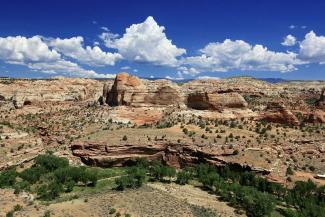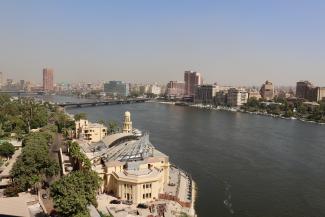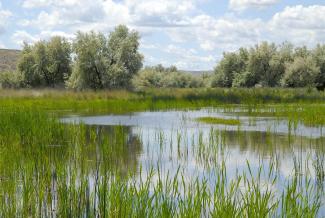Evaluating Projects and Programs in Fragile, Conflict-Affected, and Violent Contexts

With violent conflict on the rise around the world, the contexts in which international institutions—including the World Bank, United Nations Development Program (UNDP), Food and Agriculture Organization (FAO), and the Global Environmental Facility (GEF)—support environmental and development interventions are increasingly characterized by fragility, conflict, and violence (FCV).








